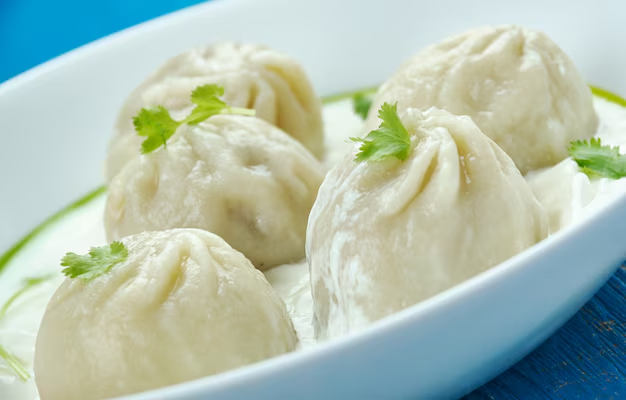Mamgatoto is not just a cultural event—it is a powerful reminder of who Filipinos are and where they come from. Rooted in the ancient beliefs of indigenous communities in the Philippines, Mamgatoto has grown into a meaningful celebration that honors ancestry, spirituality, and the deep bonds of family and community.
What is Mamgatoto?
Mamgatoto is a traditional Filipino ritual that brings families together to pay respect to their ancestors. It blends spirituality, gratitude, and storytelling, creating a space where generations can connect. Whether practiced in a remote village or adapted in an urban setting, Mamgatoto continues to serve as a sacred time of reflection and unity.
The Cultural Roots of Mamgatoto
The origin of dates back to pre-colonial times when Filipino communities practiced animism. People believed that spirits nature and ancestors played an active role in their lives. Ceremonies were held to ask for blessings, protection, and fertility. Over time, these ceremonies evolved into what we now recognize as Mamgatoto—an intimate fusion of history, faith, and tradition.
Symbolism in Every Element
Every part of the ritual has a symbolic meaning:
-
Water is used for cleansing and spiritual renewal.
-
Food offerings represent gratitude and abundance.
-
Candles and flowers symbolize light, life, and remembrance.
-
Colors play a key role—white for purity, red for life, and yellow for prosperity.
These elements help participants feel a spiritual connection not only to their loved ones but also to the natural world around them.
How Mamgatoto is Celebrated Today
While some communities still follow the traditional way, many Filipinos today celebrate with a modern touch:
-
Family Gatherings: Families prepare meals together and share stories passed down through generations.
-
Prayer and Offerings: Prayers are made for good health, guidance, and protection.
-
Music and Dance: Traditional dances and songs are performed to celebrate cultural identity.
-
Online Sharing: With the rise of social media, many now document their celebrations online, helping to spread awareness and inspire younger generations to participate.
Why Mamgatoto Still Matters
In today’s fast-changing world, traditions like remind us of the importance of identity and belonging. It offers:
-
A way to stay connected with one’s heritage.
-
A platform to pass on values such as respect, unity, and gratitude.
-
A spiritual space for healing and reflection.
Even as cities grow and technology shapes our lives, Mamgatoto remains a symbol of cultural strength and resilience.
Real Stories, Real Connections
People who participate in often describe it as a deeply moving experience. For many, it’s the one time in the year when the entire family comes together to reconnect not just with each other, but with their past.
One participant shared, “Lighting a candle and saying a prayer for my ancestors made me feel grounded. It was like they were with me, guiding me.”
Keeping Alive for Future Generations
Preserving is not just about keeping a tradition alive—it’s about protecting a way of life. Schools, community groups, and cultural organizations can play a big role in this effort by:
-
Hosting workshops about Filipino heritage.
-
Encouraging storytelling from elders.
-
Using digital platforms to share rituals and customs with the younger generation.
Conclusion
Mamgatoto is more than just a ritual; it’s a living tradition that speaks to the soul of Filipino culture. It reminds people of their roots, strengthens family ties, and offers a sacred space for reflection and renewal. In a world that’s always changing, Mamgatoto stands as a quiet yet powerful symbol of what truly matters—heritage, connection, and the spirit of community.
Frequently Asked Questions (FAQs)
What does the word mean?
The word Mamgatoto is believed to originate from native Filipino dialects, generally referring to ancestral rituals and acts of honoring the past. While meanings may vary slightly by region, it typically symbolizes a spiritual link between generations.
Is Mamgatoto a religious or cultural tradition?
Mamgatoto is primarily a cultural tradition with spiritual elements. It is not tied to any formal religion but incorporates prayer, gratitude, and symbolic offerings that reflect deep respect for ancestors and nature.
Can younger generations relate to Mamgatoto?
Absolutely. Many young Filipinos find Mamgatoto meaningful, especially when it is shared through family storytelling, school programs, or even social media. The core values of unity, identity, and respect resonate across all ages.
How do people adapt Mamgatoto in cities or abroad?
In modern or urban settings, families adapt Mamgatoto by organizing small gatherings at home, lighting candles, saying prayers, or sharing stories online. Filipino communities abroad also hold cultural events to honor this tradition.
Why is it important to preserve ?
Preserving Mamgatoto helps maintain Filipino identity and cultural pride. It ensures that future generations understand their roots and appreciate the values of their heritage, such as family unity, spiritual awareness, and gratitude.
